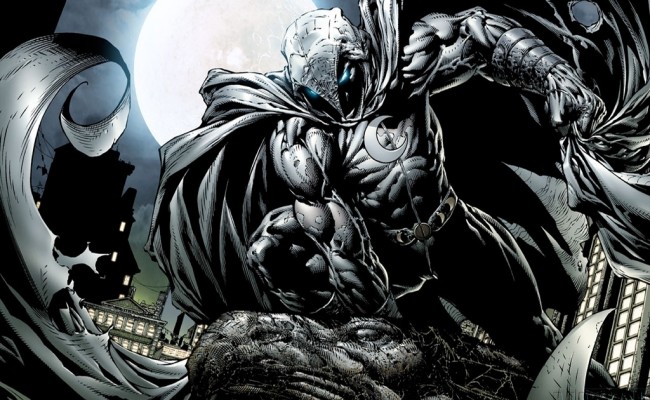After what’s felt like some tantric pacing, the plot of Nowhere Men goes fast-forward as brilliant asshole Simon Grimshaw makes his move. And it doesn’t go exactly as planned.
Here’s the series description, courtesy of comicvine.com:
“SCIENCE IS THE NEW ROCK ‘N’ ROLL.” – So said Dade Ellis, Simon Grimshaw, Emerson Strange and Thomas Walker at the dawn of a new age of enlightenment that ushered in a boom in scientific advancement. As the research supergroup World Corp., they became the most celebrated scientists of all time. They changed the world – and we loved them for it. But where did it all go wrong? And when progress is made at any and all cost, who ultimately pays the price?
You got to hand it to writer (and Image Executive Director) Eric Stephenson — the premise for this title is  phenomenal. Four brilliant scientists have achieved rock star status, and have essentially tricked themselves into believing the world would be a better place if it just followed their directions. Too bad they each have different ideas about what those directions should be. Issue #6 concerns itself with the aftermath of the shit-storm Eric Strange instigated on his secret space station when he conducted rouge experiments on unwitting subjects. Strange’s mutant creations are brought back together thanks to Simon Grimshaw, but the result is mayhem — and provides one of the most satisfying reads of this arc so far.
phenomenal. Four brilliant scientists have achieved rock star status, and have essentially tricked themselves into believing the world would be a better place if it just followed their directions. Too bad they each have different ideas about what those directions should be. Issue #6 concerns itself with the aftermath of the shit-storm Eric Strange instigated on his secret space station when he conducted rouge experiments on unwitting subjects. Strange’s mutant creations are brought back together thanks to Simon Grimshaw, but the result is mayhem — and provides one of the most satisfying reads of this arc so far.
The only drawback to issue #6 is Eric Stephenson’s nearly chronic tic of overwriting dialogue. His characters talk. A lot. And they all sound very similar, something that would lose him points if Nowhere Men were a paperback novel, but something we seem to forgive in comics since it easier to track the characters (thank you pretty pictures). That said, Stephenson’s drive towards using every single word he can is a real detriment to uber-competent and gifted illustrator Nate Bellegarde. With every mood, inflection, feeling and thought outlined in the dialogue Bellegarde isn’t offered much space for visual storytelling. Bellegarde still accomplishes this, of course, but then we get hit over the head as readers — characters say they’re angry; and then they look angry, too. Nowhere Men lacks stylistic subtlety as a result.
Overall, issue #6 of Nowhere Men offers another great example of why this title rocks. Go pick this up today.















S#!T Talking Central